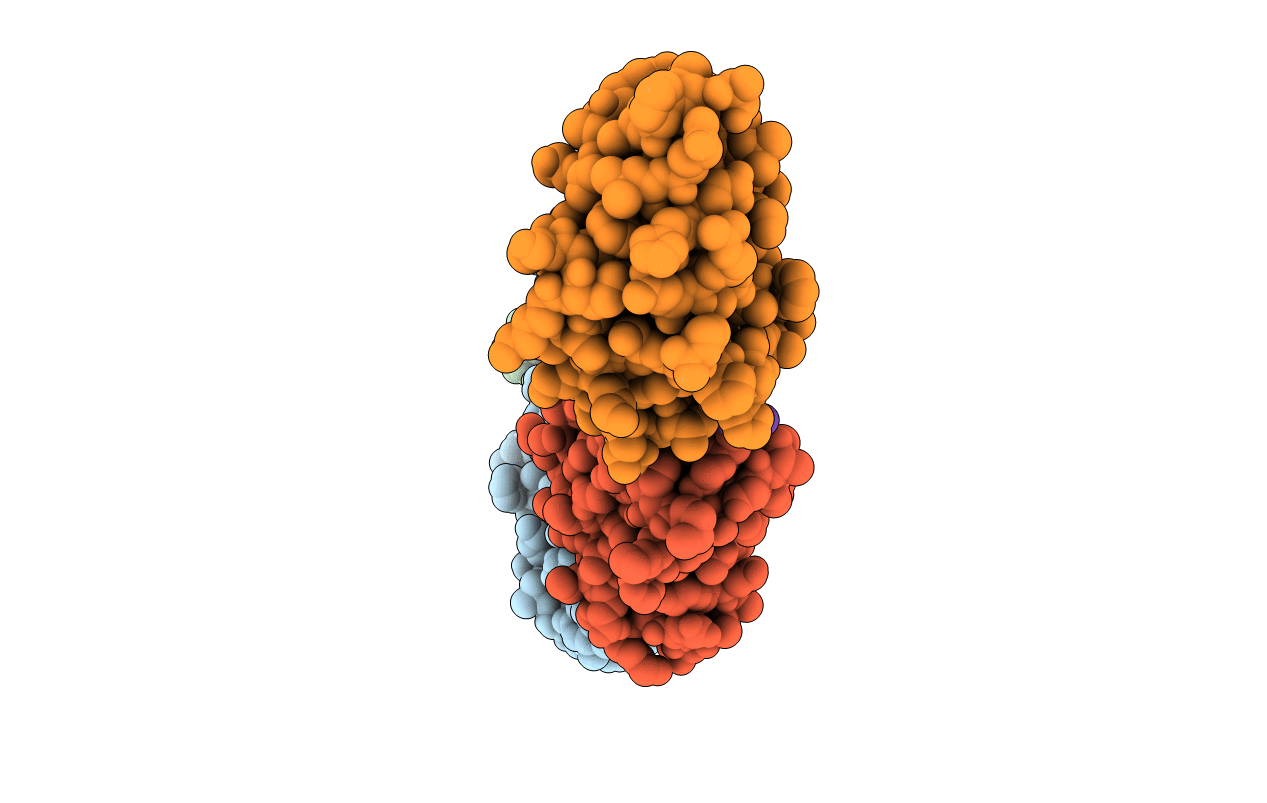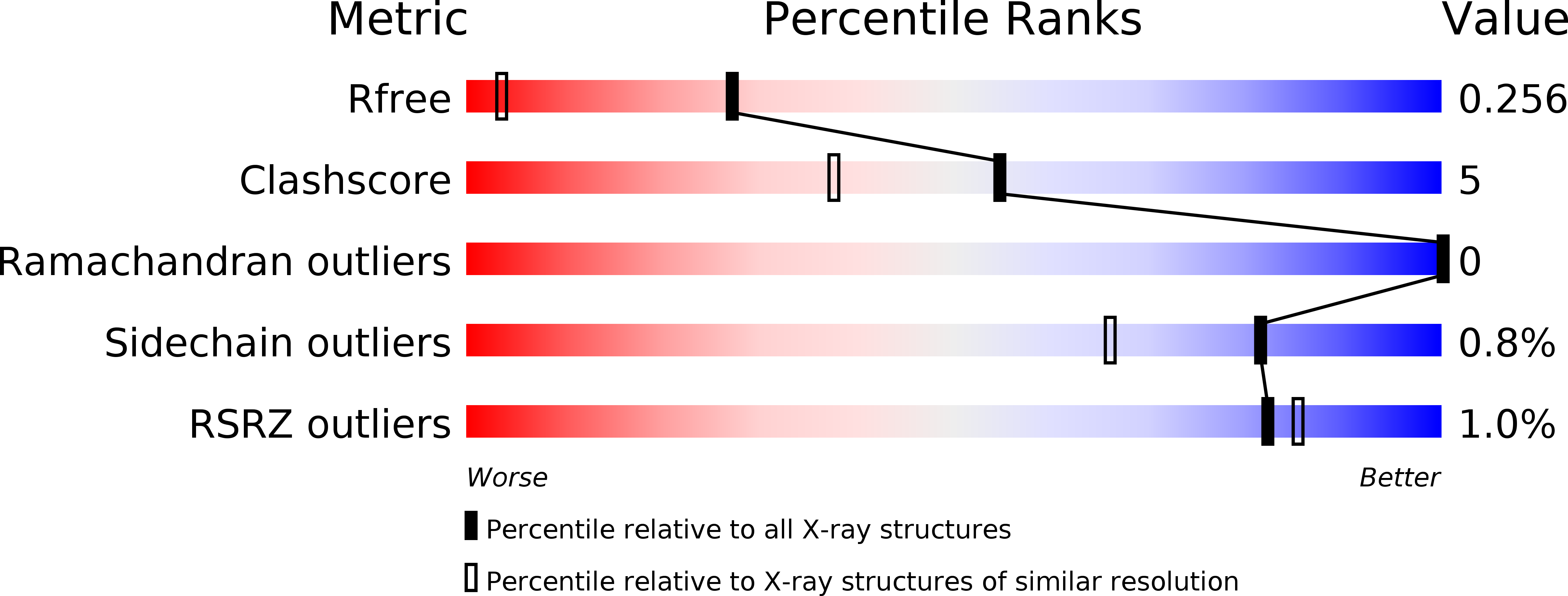
Deposition Date
2015-03-23
Release Date
2015-09-16
Last Version Date
2024-11-20
Entry Detail
PDB ID:
4YYI
Keywords:
Title:
Crystal structure of BRD9 Bromodomain bound to an acetylated peptide
Biological Source:
Source Organism:
Homo sapiens (Taxon ID: 9606)
Host Organism:
Method Details:
Experimental Method:
Resolution:
1.50 Å
R-Value Free:
0.24
R-Value Work:
0.20
R-Value Observed:
0.20
Space Group:
P 1


